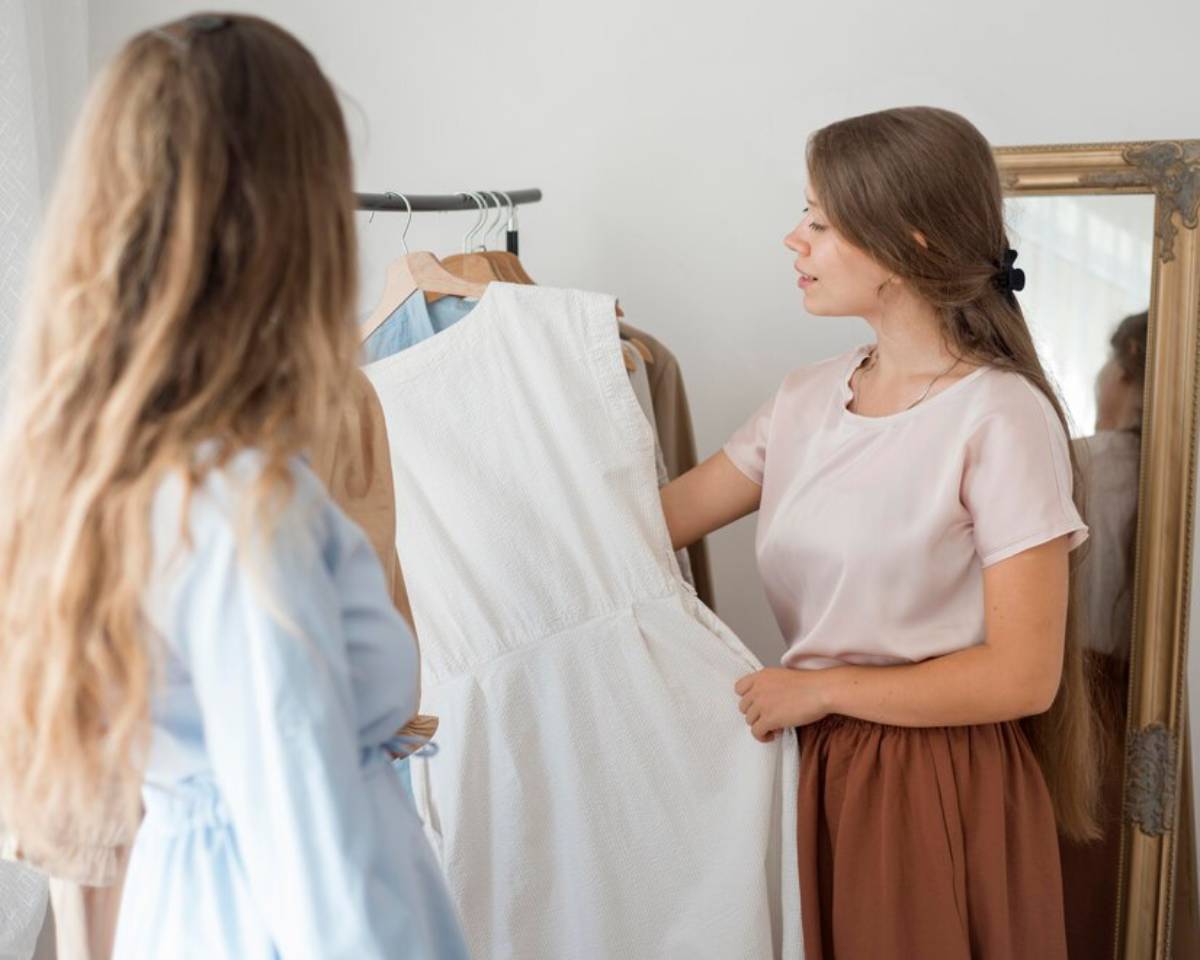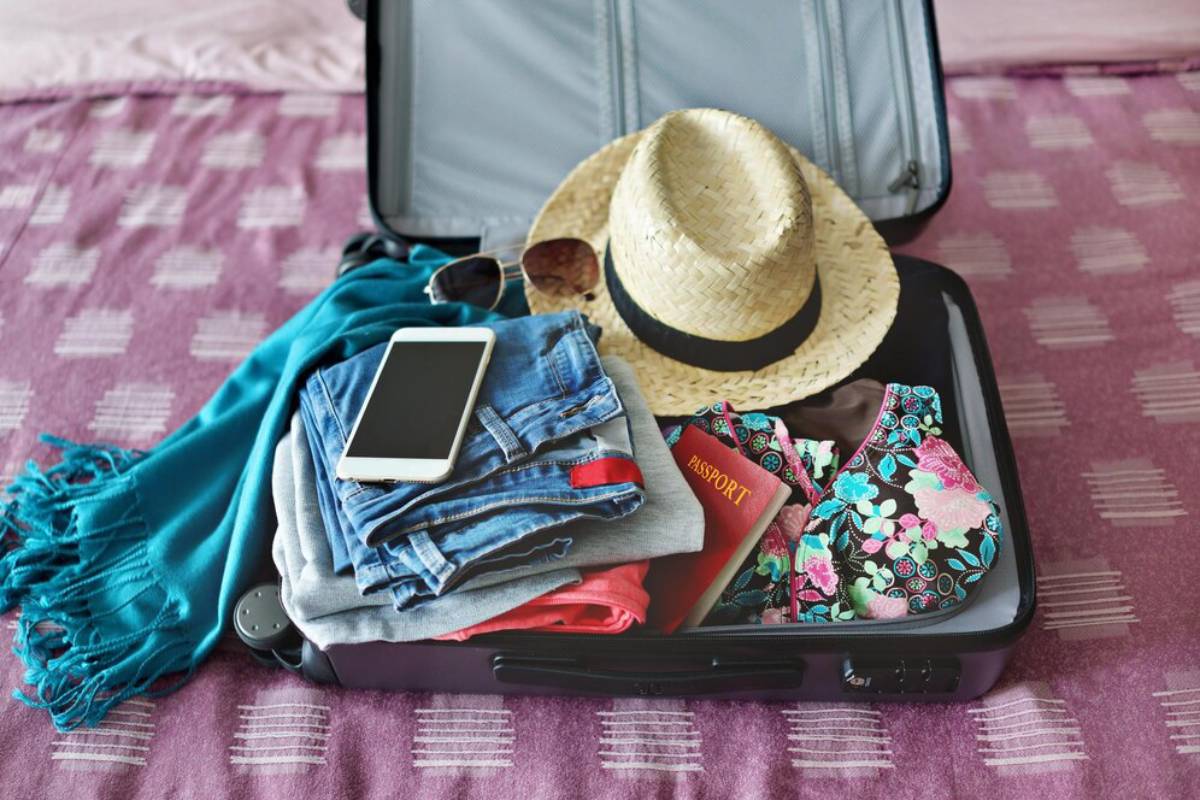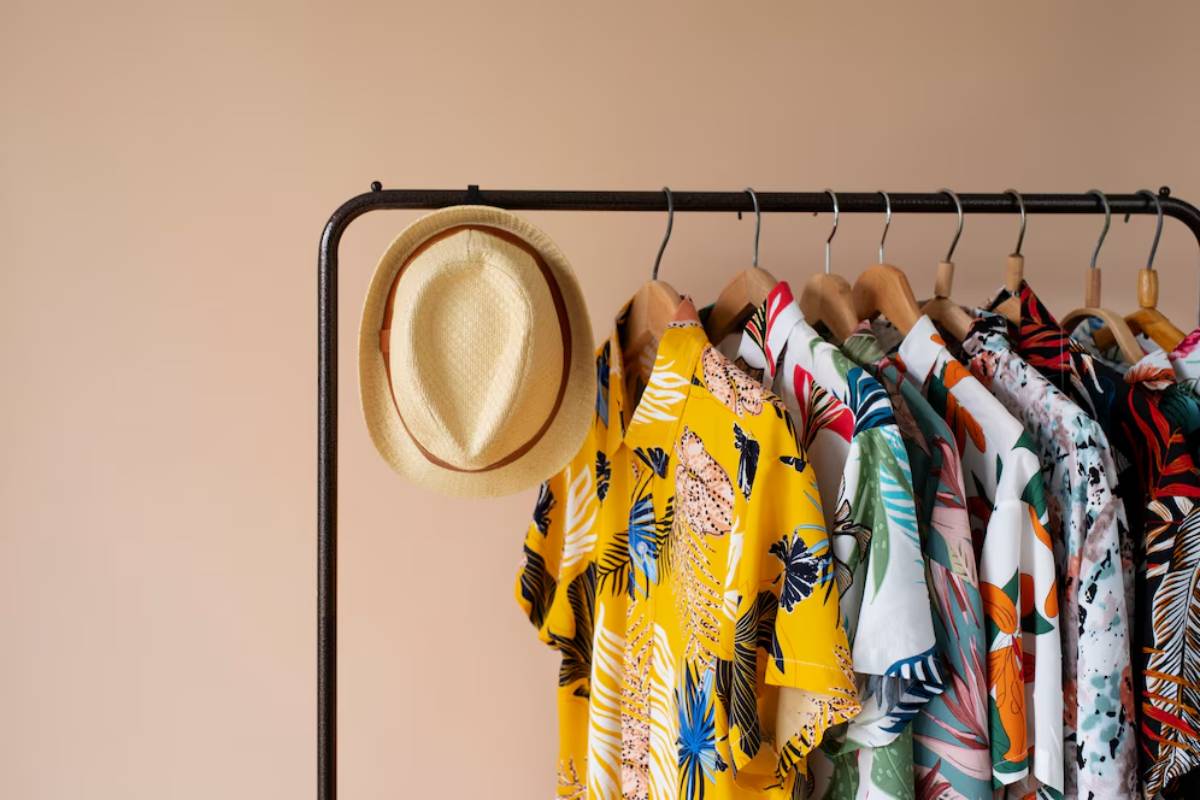
Cost-Per-Wear: Why Less Is More
Are You Really Saving on That “Bargain”?
We’ve all done it—bought something on sale because it seemed like a steal, only for it to collect dust in the back of the wardrobe. It’s easy to be tempted by cheap price tags, but if you rarely wear the item, was it really worth it?
Enter cost-per-wear: a simple yet powerful concept that flips traditional thinking about spending on clothes. Rather than focusing solely on the upfront price, cost-per-wear invites you to consider long-term value. It’s not about being frugal for the sake of it—it’s about being smart with your money and intentional with your wardrobe.
In this post, you’ll learn how cost-per-wear works, why it’s key to building a budget capsule wardrobe, and how it can lead to massive savings while upgrading your style. From real-world examples to practical shopping tips, you’ll walk away with a fresh outlook on fashion, cost efficiency and how to make every pound count.
What Is Cost-Per-Wear (CPW)?
The Formula That Changes Everything
Cost-per-wear is a simple equation that helps you calculate the true value of an item over time.
Cost-Per-Wear = Total Cost of the Item ÷ Number of Times Worn
Let’s say you buy a pair of £80 black trousers and wear them twice a week for a year. That’s over 100 wears. £80 ÷ 100 wears = 80p per wear.
Compare that with a £15 trendy top you wore twice before it went out of style. £15 ÷ 2 wears = £7.50 per wear.
Which one was the better investment?
Why CPW Is the Secret to Budget Capsule Wardrobes
1. It Rewards Versatility Over Volume
A capsule wardrobe is built on a small number of hard-working staples that mix and match effortlessly. The fewer, the better—but each piece must earn its keep. CPW ensures you prioritise multi-use, everyday-friendly items instead of one-off outfits.
Think of it like this:
- A black blazer you wear weekly across seasons? Worth every penny.
- A sequin skirt you wore once to a party? Probably not.
2. It Highlights the Long-Term Savings
On the surface, capsule wardrobe pieces might seem more expensive upfront. But when you apply the cost-per-wear lens, it becomes clear that paying a bit more now can save you more later.
Let’s break it down:
- A £120 trench coat worn 200 times = 60p per wear
- A £40 coat worn five times before falling apart = £8 per wear
Investing in better quality saves money in the long run, reduces waste, and helps you avoid the endless cycle of replacing cheap, low-quality items.
3. It Encourages Conscious Fashion Spending
Mindful shopping starts with understanding what you really need. CPW pushes you to stop and ask
- Will I wear this at least 30 times?
- Does it go with at least three things I already own?
- Is the fabric and fit built to last?
This approach naturally leads to capsule wardrobe savings—you spend less on impulse buys and more on clothes that serve you day in and day out.
How to Use Cost-Per-Wear When Shopping
1. Do the Maths Before Checkout

You don’t need an app—just a quick estimate in your head:
- Can you realistically see yourself wearing this once a week for six months?
- That’s 24 wears. Divide the cost by 24 to get your rough CPW.
Use this number to compare two items. You might find the “expensive” piece is actually the better deal.
2. Know Your Personal Style & Lifestyle
The key to making cost-per-wear work is understanding your life:
- If you work from home, a blazer may not get much wear, but comfy knits will.
- If you love walking, stylish but supportive shoes will offer a low CPW quickly.
Knowing what you reach for regularly helps you shop for clothes that work with your lifestyle, not against it.
3. Use It to Justify Investment Pieces
Sometimes, splurging is the smartest move. A high-quality handbag, a tailored coat, or premium denim might feel like a stretch, but if you wear them often and for years, the value adds up.
Real-life example: Emma, a freelance photographer, bought a £150 leather crossbody bag. Three years and over 500 wears later, it’s still going strong. £150 ÷ 500 = 30p per wear. That’s better value than any high street bargain bag that breaks after a season.
Smart Ways to Maximise Cost-Per-Wear
1. Choose Classic Cuts & Neutral Colours

Timeless styles don’t age. A white cotton shirt, a navy wool jumper, or a camel coat can easily last a decade. By sticking with neutral tones and classic silhouettes, your clothes stay relevant season after season.
2. Layering Is Your Best Friend
When you can layer a piece for warmth in winter or wear it solo in summer, your CPW plummets. Look for
- Lightweight knits
- Button-down shirts
- Midi dresses
3. Maintain Your Clothes Properly
Simple care tips go a long way in extending garment life:
- Wash on cold and air dry where possible
- Use fabric shavers to remove bobbles
- Store shoes with inserts to maintain shape
Better care = more wears = better value.
Budget Capsule Wardrobe: Cost-Per-Wear in Action
Let’s compare two capsule wardrobe strategies:
Scenario A: Trend-Chasing
- 10 cheap tops at £10 each = £100 (Each worn 2–3 times, CPW ~£4)
- 3 synthetic dresses at £25 = £75 (Worn 3–5 times each, CPW ~£7)
Total: £175 spent for ~45 wears Average CPW: £3.89
Scenario B: Cost-Conscious Capsule
- 3 organic cotton tops at £25 = £75 (Each worn 30+ times, CPW ~83p)
- 2 neutral midi dresses at £50 = £100 (Each worn 40+ times, CPW ~£1.25)
Total: £175 spent for ~170 wears Average CPW: £1.03
Verdict? The second wardrobe offers better value, fewer items, and more versatility. That’s fashion cost efficiency in action.
Real People, Real Savings
Laura, 29, from Bristol: “I started calculating CPW during lockdown. Suddenly, all the random bits I’d bought on a whim felt wasteful. Now, I track how often I wear new clothes and only buy what fits my real life, not a fantasy version of it.”
Tasha, 35, from Leeds: “I used to avoid buying ‘expensive’ boots. But when I finally bought a decent leather pair, I wore them nearly every day for two winters. Best money I ever spent.”
Conclusion: Less Really Is More
Cost-per-wear isn’t just a budgeting trick—it’s a mindset shift. It encourages you to think long-term, buy with purpose, and see your wardrobe as an investment rather than a collection of fleeting trends.
By focusing on quality over quantity, embracing timeless style, and making every purchase count, you can create a budget capsule wardrobe that saves money, reduces waste, and makes getting dressed a breeze.
So next time you’re tempted by a fast-fashion flash sale, pause and ask yourself: How often will I really wear this? If the answer is “not much,” you already know what to do.
Now it’s your turn. Have you tried using cost-per-wear to guide your wardrobe? What’s the smartest fashion purchase you’ve ever made? Leave a comment below, share your story, or subscribe for more conscious fashion tips that respect your budget and your style.


